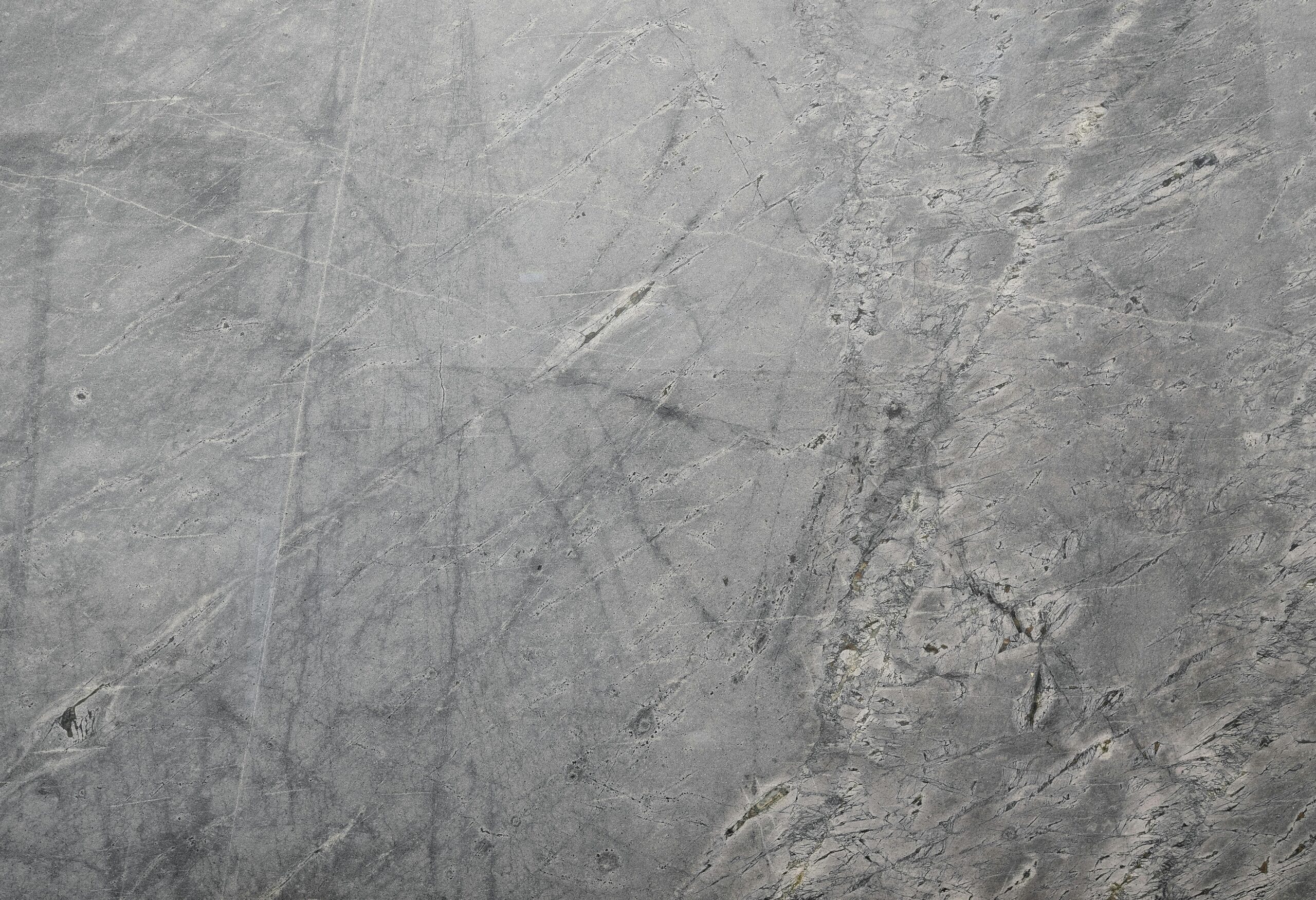Gone are the days when concrete was simply a utilitarian material relegated to basic driveways and sidewalks. Today, homeowners are discovering the versatility of concrete as a design element through creative concrete finishes that transform ordinary surfaces into extraordinary features. From the rich, marbled effects of acid staining to the textured elegance of stamping and the sleek sophistication of polishing, decorative concrete options offer something for every taste and application. This article explores these innovative techniques and how they can enhance your home’s aesthetic appeal while maintaining concrete’s legendary durability.
The Art of Concrete Staining
Concrete staining has revolutionized the way we think about concrete surfaces, particularly for outdoor spaces. The chemical reaction between acid stains and the concrete creates unique, variegated colors that penetrate the surface for lasting beauty. For homeowners considering stained concrete patio ideas, the possibilities are virtually endless. Earthy tones like terra cotta, sage green, and amber create a natural look that complements outdoor environments, while more vibrant blues and purples can establish a distinctive focal point.
The beauty of stained concrete lies in its inherent uniqueness—no two stained surfaces look exactly alike. The reaction between the stain and the minerals in the concrete creates a marbled effect that mimics the look of natural stone at a fraction of the cost. Water-based stains offer more consistent coloration and a broader palette of hues for those who prefer more predictable results. Many homeowners combine staining techniques with scoring patterns to create the appearance of tiles or pavers, adding another dimension to their stained concrete designs without the maintenance headaches of actual grout lines.
Stamped Concrete: Creating Texture and Dimension
When comparing stamped concrete vs regular concrete, the difference is immediately apparent. Regular concrete typically features a flat, uniform surface with perhaps a simple broom finish for traction. Stamped concrete, however, is impressed with patterns and textures that can mimic brick, slate, flagstone, cobblestone, and even wood planks. This dramatic difference transforms a decorative concrete driveway from a mere functional necessity into an architectural element that enhances your home’s curb appeal.
The stamping process involves pressing specially designed stamps into freshly poured concrete before it fully cures. Release agents prevent the stamps from sticking while adding subtle color variations that enhance the realism of the pattern. The result is a surface that offers the appearance of premium materials with greater durability and lower maintenance requirements. For homeowners concerned about cost, stamped concrete typically costs less than installing natural stone or pavers while offering similar visual appeal. Many professionals found through AskHomey can customize stamped concrete with border patterns, contrasting colors, and special finishes to create truly unique installations.
Polished Concrete: Modern Elegance Underfoot
For interior applications, polished concrete floors have surged in popularity among homeowners seeking a contemporary, low-maintenance flooring solution. Understanding polished concrete floors pros cons helps homeowners make informed decisions about this increasingly popular option. Among the advantages are exceptional durability, minimal maintenance requirements, and a sleek aesthetic that complements modern design. Polished concrete also reflects light well, brightening interior spaces and potentially reducing lighting costs.
The polishing process involves grinding the concrete surface with progressively finer diamond abrasives, similar to sanding wood. This process removes surface imperfections while creating an increasingly smooth, light-reflective finish. Unlike other flooring options, polished concrete doesn’t harbor allergens or require replacement, making it an excellent lifetime investment. The cool surface also contributes to energy efficiency in warmer climates. On the downside, polished concrete can feel hard underfoot and may be uncomfortably cold in winter without radiant heating systems. Some homeowners also find the industrial aesthetic too stark without area rugs to soften the look and feel of the space.
Combining Techniques for Unique Results
Creative concrete finishes often achieve their most spectacular results when techniques are combined. A decorative concrete driveway might feature stamped borders with a stained center section, while interior floors might combine polishing with strategic staining to delineate spaces in an open floor plan. Color hardeners can enhance the durability of stamped surfaces while intensifying colors, and scoring can add geometric interest to stained or polished installations.
Professional concrete artisans often recommend considering the architectural style of your home when selecting concrete finishes. Mediterranean or Southwestern homes pair beautifully with earthy stained concrete and stamped textures that evoke natural stone, while contemporary homes benefit from the clean lines and reflective surfaces of polished concrete. Whatever your preference, today’s creative concrete finishes offer durability and design flexibility that few other materials can match, making them a wise investment in your home’s value and appearance.
For more tips and to connect with reliable home service professionals, follow AskHomey on Facebook and Instagram.



